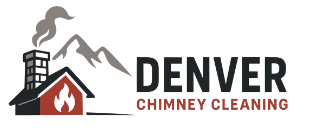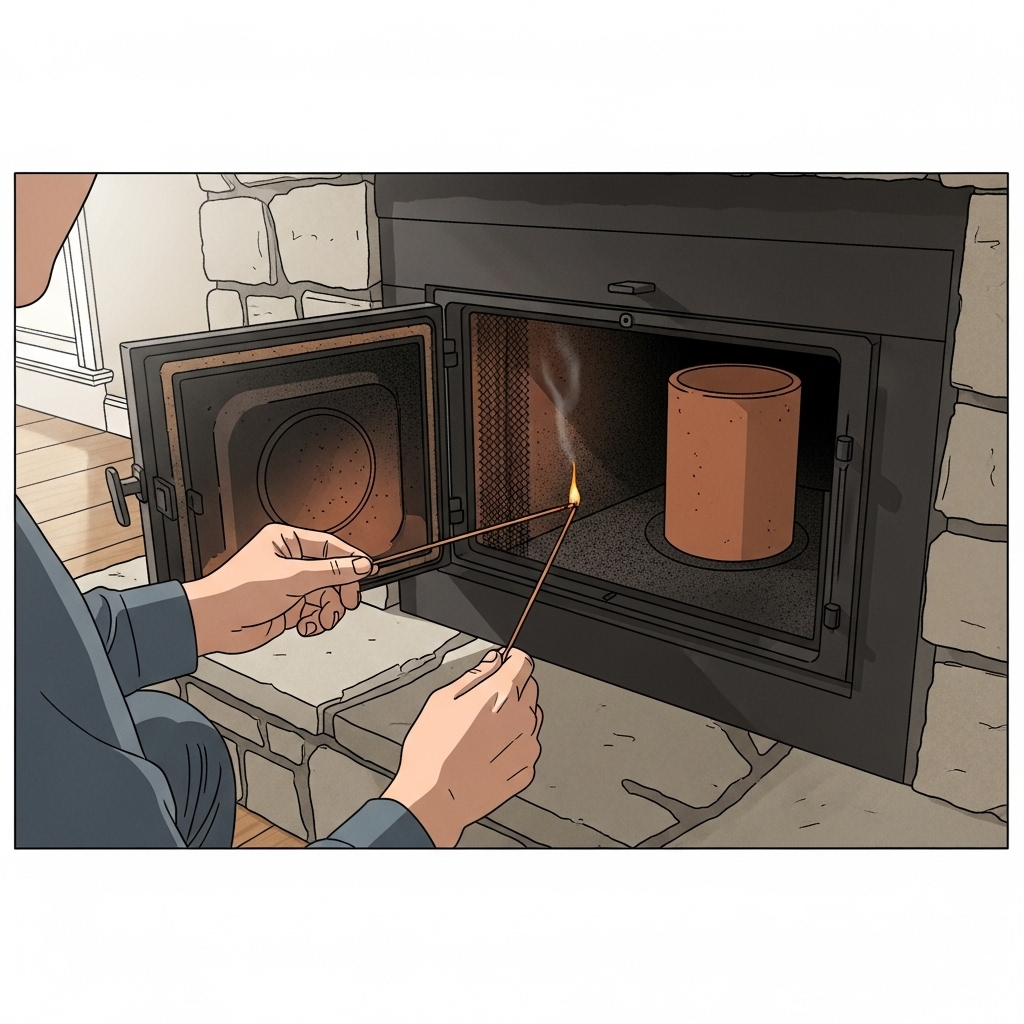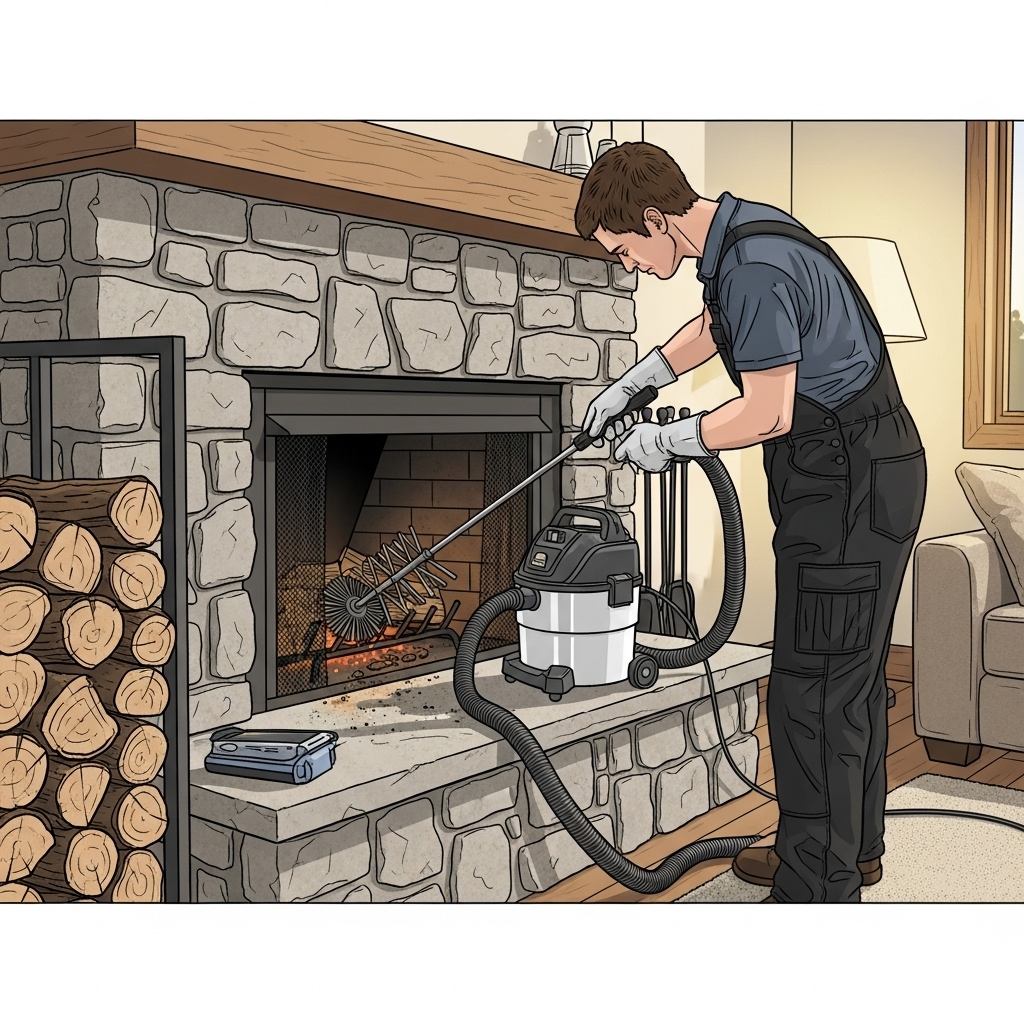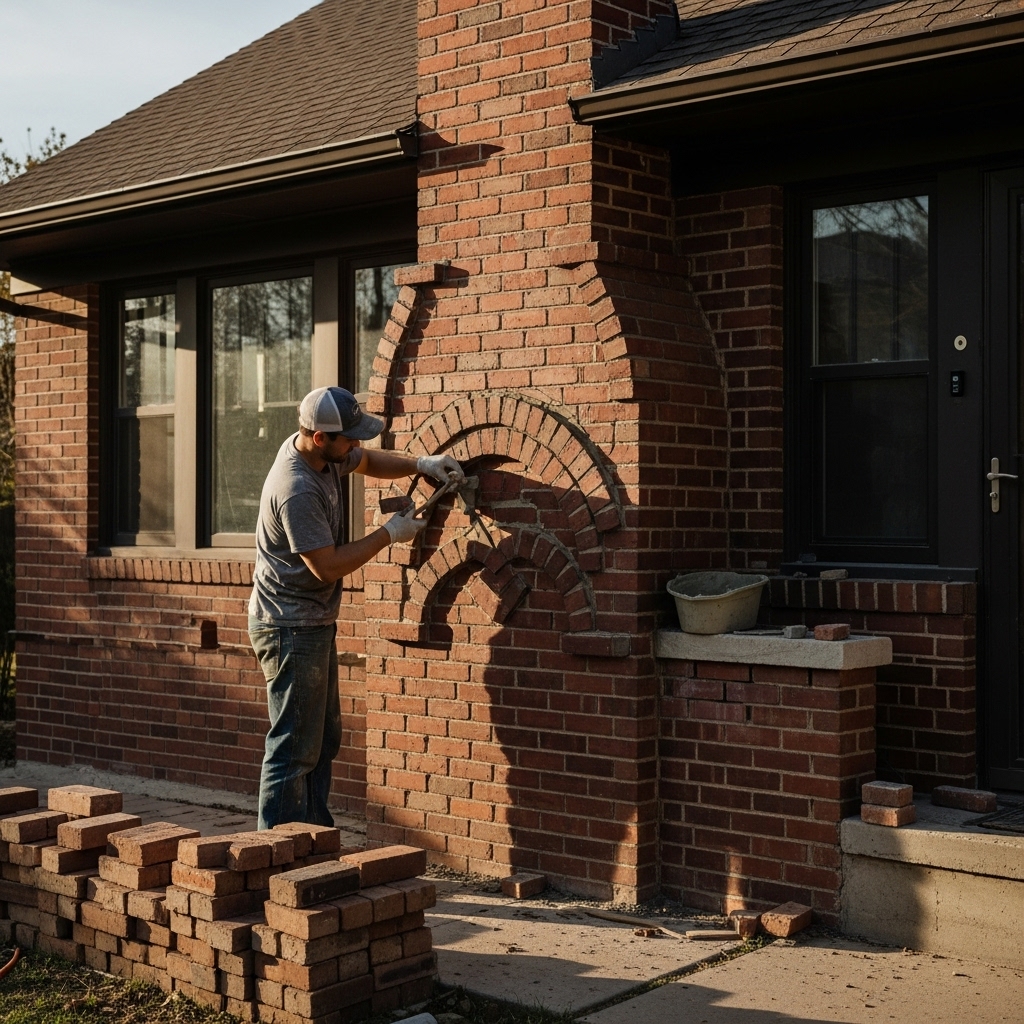Introduction: Troubleshooting with Denver’s Climate in Mind
When your fireplace acts up, symptoms often point to a few common causes. In Denver, altitude, dry air, rapid weather changes, and seasonal winds can complicate diagnosis. This guide organizes frequent problems by symptom and provides practical steps to identify the root cause. Many fixes are simple once you know where to look, while others signal the need for professional help. If you decide you want local expertise at any point, connect with trusted specialists in chimney repair who understand how Front Range conditions affect performance.
Symptom: Smoke Spills into the Room
Possible Causes: Cold flue, blocked cap mesh, negative pressure from exhaust fans, or undersized flue relative to the fireplace opening. Start by preheating the flue with a small amount of kindling or rolled newspaper. Check the cap mesh for soot or nests and clear them carefully. Turn off competing fans during start-up. If smoke still spills, evaluate the damper operation and consider whether recent remodels or new airtight windows have changed the home’s pressure balance. In some cases, a wind-resistant cap or an outside air supply can help.
Symptom: Persistent Soot Smell When Fire Is Out
Possible Causes: Creosote accumulation, moisture intrusion, or downdrafts on windy days. First, verify that the damper is closed when the fireplace is not in use. Inspect the cap and crown for damage that might allow water entry. Moisture interacting with soot can produce strong odors. Schedule a sweeping if it has been a year or more since the last service. If odors worsen during wind events, evaluate the cap design and consider a model that resists downdrafts.
Symptom: Water Stains Near the Chimney
Possible Causes: Crown cracks, cap failure, flashing gaps, or porous masonry. Inspect the crown for hairline cracks and reseal with a chimney-rated product as needed. Confirm that the cap is present, secure, and not leaking at seams. Look closely at counterflashing and step flashing where the chimney meets the roof. If stains appear after snowmelt rather than rain, suspect flashing or ice dam influence. Persistent efflorescence on exterior brick also points to moisture migration.
Symptom: Loose or Spalling Bricks
Possible Causes: Freeze–thaw damage, water absorption due to failed crown or flashing, or incorrect previous repairs. Replace deteriorated mortar by repointing with a compatible mix and address the moisture source. In Denver, small cracks can escalate through winter; early intervention prevents larger rebuilds. If spalling is widespread, call a professional to assess structural stability and moisture pathways.
Symptom: Whistling or Rattling Sounds at the Cap
Possible Causes: Wind interacting with cap geometry, loose fasteners, or damaged mesh. Tighten hardware and verify the cap sits level. If sounds persist only during specific wind directions, a different cap style may help disrupt gusts that cross the flue opening at high speed. Denver’s occasional chinook winds can amplify these effects.
Symptom: Draft Works Sometimes but Not Others
Possible Causes: Temperature inversions, seasonal pressure changes, and home ventilation shifts. Track the conditions when problems appear, including outdoor temperature, wind, and which fans or appliances are running. Patterns often reveal a pressure conflict or a cold-start issue. Preheating the flue and adjusting start-up technique can stabilize draft.
Diagnostic Habits That Pay Off
Keep a log. Note dates, weather, and fireplace behavior. Photograph the crown, cap, and flashing after storms. Check the attic for moisture whenever you notice staining indoors. These habits help you and any professional tie symptoms to specific causes, saving time and preventing guesswork.
Quick Checks You Can Do Safely
Damper: Verify smooth operation and full range of motion. Cap: From the ground, look for missing or tilted caps and damaged mesh. Crown: Use binoculars to spot cracks. Flashing: Look for rust streaks or lifted shingle edges near the chimney. Firebox: Examine for loose bricks, gaps, or deteriorated refractory panels. If anything looks severe or you cannot access it safely, stop and schedule help.
Moisture Troubleshooting Path
Start at the top. Water follows gravity and finds the easiest path inside. If the crown has cracks, seal or resurface it with a proper coating. Confirm the flue tile is isolated from the crown with a flexible sealant where specified. Test the cap by spraying water gently from above during dry weather while someone watches the attic or interior for signs of leaks. If the top checks out, move to flashing. Examine the back side of the chimney where a cricket should live on wider stacks; debris buildup here often shunts water sideways into vulnerable joints. If the exterior masonry shows efflorescence, consider whether a breathable, masonry-specific water repellent is appropriate after repairs.
Draft Troubleshooting Path
Assess the home first. Close windows and doors, turn off exhaust fans, and preheat the flue. If smoke flow stabilizes, negative pressure was likely the culprit. Verify that the cap mesh is clean; partial blockages create significant resistance at altitude. In persistent cases, ask a professional to evaluate flue sizing and the potential for an insulated liner to improve warm-up and draft stability.
Material Choices that Thrive in Denver
Choose crown coatings and sealants rated for UV and freeze–thaw performance. Stainless steel caps resist corrosion better than bare steel, especially after hail and snow. For mortar, consider mixes designed for exterior use that provide balance between strength and flexibility. Products that dry too hard can crack under temperature cycling.
When to Stop DIY
Stop when you see structural cracking, leaning, missing liners, heavy creosote glaze, or repeated water intrusion you cannot trace. Also stop when roof pitch, height, or weather conditions compromise safety. A measured handoff prevents small issues from becoming larger repairs.
Frequently Asked Questions
Why is troubleshooting harder in Denver? Altitude reduces air density, which can magnify the impact of small obstructions or pressure conflicts. Weather swings and strong sun also stress materials.
Do I need a cap if our climate is dry? Yes. Caps reduce water entry during storms, block animals, and help manage embers.
What if the odor persists after sweeping? Look for moisture sources, downdrafts, or porous masonry. Evaluate the crown, cap, and flashing; consider dehumidification if the room itself is damp.
How do I know if flashing is the problem? Water stains that emerge primarily after snowmelt or during wind-driven rain often implicate flashing. Inspect the attic for localized wet spots near the chimney penetration.
Will a bigger fire solve draft issues? No. A larger fire can increase smoke production and worsen rollback if the root cause is a blockage or pressure problem. Focus on diagnosis.
Should I waterproof the entire chimney? Only with breathable, masonry-specific products and only after addressing cracks and failed joints. Trapping moisture can backfire.
Turn Diagnosis into Durable Fixes
With a clear troubleshooting path and consistent notes, you can isolate the root cause more quickly and choose solutions that last in Denver’s climate. When you want a second set of eyes or a safe handoff to targeted repairs, partner with local experts in chimney repair to keep smoke moving out, water kept out, and comfort locked in.




